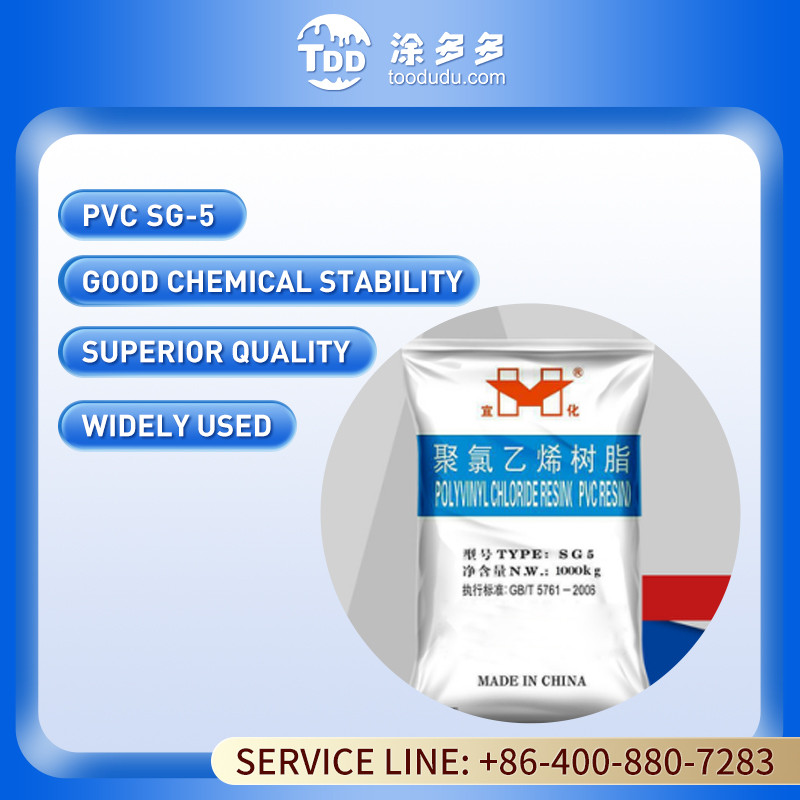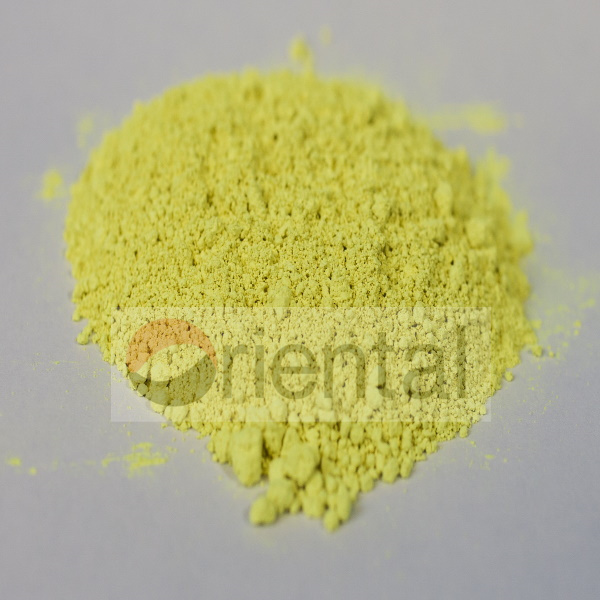Application of ultrafine talcum powder materials in water treatment
1. Treatment of papermaking wastewater
Papermaking wastewater mainly comes from the pulping and papermaking production processes in the papermaking industry. The main components are lignin, cellulose, volatile organic acids, etc., which are polluting It is one of the more difficult industrial wastewaters to treat due to its high concentration of chemicals, large discharge volume, difficulty in degradation, and poor biodegradability. The commonly used treatment method for papermaking wastewater is coagulation. This method has strong adaptability, simple equipment, and easy operation. However, it has the disadvantages of high cost and large amount of sludge production. Another method is biological method, which has the characteristics of no secondary pollution. , low treatment costs, etc., but it cannot completely reduce the content of organic pollutants. In recent years, domestic and foreign scholars have conducted research on the application of talc powder as a coagulant, coagulant, and filter aid in the treatment of papermaking wastewater.
2. Treatment of oily wastewater
Oily wastewater mainly comes from cooling lubricants in the petroleum industry, steel, gas workstations, and machinery industries. The coverage of the oil surface in the wastewater causes the loss of water bodies. Self-purification ability destroys the ecological balance in the water, which not only harms human health, but also affects crop production. At present, air flotation is the main method for treating oily wastewater, but this method consumes high energy, uses a lot of flocculant, and occupies a large area. Other methods such as electrochemical method and adsorption method [18,19] also have operating costs. High, small scope of application and other shortcomings. In recent years, some scholars' research on talc powder as an oil absorbent provides a new way to treat oily wastewater. Yu Renhuan et al. [20] examined the effect of the two factors of talc dosage and particle size on the purification of oily sewage by aerated cyclones. The results show that when the fineness of talc powder (150g/m3 water) is 0.074mm and accounts for 81%, the oil removal rate reaches 78.30%. The oil removal effect of talc powder on the inflatable cyclone is significant. Compared with not adding talc powder, The oil removal rate is increased by about 5%. Some researchers [21] examined the effect of talc powder in treating oily wastewater under different conditions. The results show that at 20°C, with a talc dosage of 20g/L and slow stirring for 15 minutes, the COD removal rate for gasoline is 97.8% and the removal rate for diesel is 81.5%. Talc is a natural hydrophobic and lipophilic mineral that can promote the separation of hydrophobic and lipophilic particles in oil and water. Therefore, talc powder can be used as an oil absorbent to treat oily wastewater.
3. Treatment of dye wastewater
Dye wastewater has complex components and deep color, causing serious pollution to the environment. Cationic dye wastewater contains complex aromatic groups that are difficult to biodegrade and decolorize, and have poor biodegradability [22], so dye wastewater is difficult to treat. Traditional treatment methods for dye wastewater (filtration, coagulation, etc.) only convert pollutants from liquid phase into solid phase or gaseous phase, but do not completely remove pollutants and can easily cause secondary pollution. Therefore, low-cost, effective, green and environmentally friendly treatment technologies are being continuously developed.
Feng Yunshu et al. investigated the effects of talc dosage, dye wastewater concentration, slow stirring time, temperature and other factors on the adsorption effect of cationic dyes methylene blue, crystal violet, and neutral red. The results show that at 25°C,When the dosage of talc powder is 10g/L and stirred slowly for 10 minutes, the decolorization rates of the three cationic dyes in the dye wastewater (0.015g/L) are all greater than 99%. Among them, temperature changes have no significant impact on the decolorization effect of the cationic dye wastewater. Liu et al. [25] examined the removal rate of cationic dye methylene blue by modified talc powder. The results showed that the adsorption rate of modified talc powder for methylene blue was 84.6% when talc was soaked in concentrated nitric acid at 40°C and calcined at 200°C for 2 hours. . It can be seen that the decolorization rate of cationic dye wastewater treated with talc is relatively high, mainly for the following reasons: ① The talc end surface forms active functional groups OH, Si—O, Si—OH and Mg—O under the action of water or air, etc. The cations are adsorbed by these active functional groups; ② There are OH—Mg—O and OH—Mg—OH in the magnesium oxide octahedron in talc. When cations with a radius similar to Mg2+ come into contact with talc, these ions can be extracted from the coordination octahedron. Mg2+ is replaced, so cations in water can be removed.
4. Treatment of Aromatic Organic Wastewater
With the development of petrochemical, plastics and other industries, factories discharge wastewater containing benzene, toluene, phenols and other aromatic compounds. More and more, this type of wastewater pollutants has a stable structure and is difficult to degrade. At present, the main methods for treating aromatic organic wastewater include Fenton reagent advanced oxidation method and liquid membrane technology separation method. Although the former is easy to operate and has fast reaction, it has high operating costs. It is relatively high and is rarely used in China; the liquid membrane used in the latter is prone to aging, and there are also problems such as membrane pollution and high cost. Hashizume examined the adsorption of benzene and toluene in wastewater by talc powder, and compared the adsorption effect with montmorillonite and mesoporous silicon materials respectively. The results showed that talc powder completely adsorbed benzene and toluene within 5 hours, but its adsorption capacity for toluene was poor. Better, the isothermal adsorption lines of the two are straight lines. The adsorption effect of talc on benzene and toluene is equivalent to that of modified montmorillonite, but better than mesoporous silicon materials. Arseguel et al. modified talc with horseradish peroxidase or hydrogen peroxide coupling agent to examine the removal of phenolic substances in water by modified talc. The results show that under the optimal conditions such as the particle size, quantity and action time of talc powder, this method can effectively purify phenolic substances in sewage. The adsorption properties of modified talc prevent the biocatalyst from being polluted and prolong the life of the biocatalyst. It has a catalytic effect and is an effective method to remove phenolic pollutants contained in water. Sener et al. examined the adsorption effect of ultrasonic treated talc on the polycyclic aromatic hydrocarbon naphthalene in wastewater. The results show that the adsorption isotherm of modified talc powder for naphthalene is consistent with the Langmuir and Freundlich equations, but the compliance with the Freundlich isotherm is better. The adsorption capacity for naphthalene is increased from 276 mg/g to 359 mg/g. The adsorption effect is not affected by the aqueous solution. Under the influence of pH value, the adsorption kinetics conformed to the pseudo-second-order kinetic equation. Talcum powder can be used to treat aromatic organic wastewater, mainly because of its surface silicon-oxygen structure.It is hydrophobic, making it easy to neutrally adsorb non-polar organic molecules (such as benzene). Modifying talc with a coupling agent or high-energy ultrasound can enhance its surface activity, improve its hydrophobic properties, and effectively adsorb organic molecular pollutants.
5. Treatment of heavy metal ion wastewater
Heavy metal ion wastewater is very destructive to the natural environment and human health. At present, the main treatment of heavy metal ion wastewater at home and abroad is ion exchange. Method, ultrafiltration method, electrolysis method, electrodialysis method, etc. Most of the treatment technologies for heavy metal polluted water bodies still have problems such as high cost and easy to cause secondary pollution. From the perspective of environmental protection and economic benefits, it is urgent to explore methods for treating heavy metal wastewater. Studies have shown that after ultrafine crushing of talc, the ζ potential becomes more negative and the surface activity is enhanced, which indicates the feasibility of talc to adsorb heavy metals.
Wei Lin used dynamic adsorption experimental methods to study the adsorption effect of talc powder on Cu2+, Pb2+, and Cd2+ in water. The results show that the adsorption isotherms of talc for these three heavy metal ions are consistent with the Langmuir and Freundlich equations. When the initial concentrations of the three heavy metal ions are equal, the adsorption capacities from large to small are Pb2+, Cu2+, and Cd2+. Under optimal conditions, The Pb2+ removal rate is 99.95%, the Cu2+ removal rate is greater than 98%, and the Cd2+ removal rate is 99.9%. However, the author did not examine the effect of talc powder on the adsorption effect of different initial concentrations of each metal ion, nor did it consider issues such as the recovery and reuse of talc powder. Chandra et al. [33] studied the adsorption behavior of talc on Pb2+ in water and discussed the effects of adsorbent dose, temperature and other factors on the adsorption effect. The results show that the adsorption isotherm of talc for Pb2+ conforms to the Langmuir equation. The enthalpy change ΔH<0 during the adsorption process indicates that the adsorption of Pb2+ is an exothermic process. The free energy ΔG<0 indicates that the reaction is spontaneous. It can be seen from this that the adsorption of Pb2+ is an exothermic process. , Talc has good adsorption effect on Pb2+ in water. Wang Jian [34] examined the changes in the removal rate of talc powder (200 mesh) for different concentrations of Zn2+ (10, 100, 400mg/L). The results show that the removal rates of Zn2+ at three initial concentrations decreased successively, to 97%, 28% and 21% respectively. The action process of talc on Zn2+ is relatively slow. As the pH of the solution increases, the rate of Zn2+ adsorption by talc increases. speed up, the adsorption rate also increases accordingly. Talc is a type of natural mineral that plays an important role in treating heavy metal ion wastewater. Rashed[35] studied the adsorption effect of Pb2+ in water on factors such as pH value, particle size of natural minerals (talc, chalcopyrite, barite), and adsorption time. The results showed that the adsorption isotherm conforms to the Langmuir and Freundlich equations. When the pH value is 7 to 9, after the adsorption equilibrium time reaches 72 hours, the removal rate of Pb2+ increases with the amount of natural minerals.increase by increase. With the application of nuclear technology and the use of uranium-containing phosphate fertilizers, the pollution of heavy metal uranium has become more and more serious. Sprynskyy et al. [36] used dynamic adsorption experiments to study the adsorption effect of silicate on uranium in aqueous solution under various conditions. The results show that the first-order kinetic model can well describe the kinetic adsorption behavior of uranium ions on talc. When the initial concentration of uranium is low (10mg/L), it is a monolayer adsorption. In the experiment, the specific surface area of talc (3.5m2/g) is small, which is not enough to adsorb uranium in aqueous solution. When the specific surface area of talc is 58.3m2 /g, the maximum adsorption capacity of uranium is 41.6mg/g. This experiment also shows that other heavy metal ions present in the aqueous solution will also affect the adsorption of uranium by talc. The adsorption effect of talc powder on heavy metal ion wastewater is mainly due to the strong chemical activity of the hydroxyl groups in its structure. It combines with heavy metal ions to form a variable charge surface, and a coordination reaction occurs, which enriches the heavy metal ions on the talc surface and is finally removed. Heavy metal ions in wastewater.
 2024-03-10
2024-03-10  2024-01-22
2024-01-22  2024-01-31
2024-01-31  2024-01-31
2024-01-31  2024-01-31
2024-01-31 




